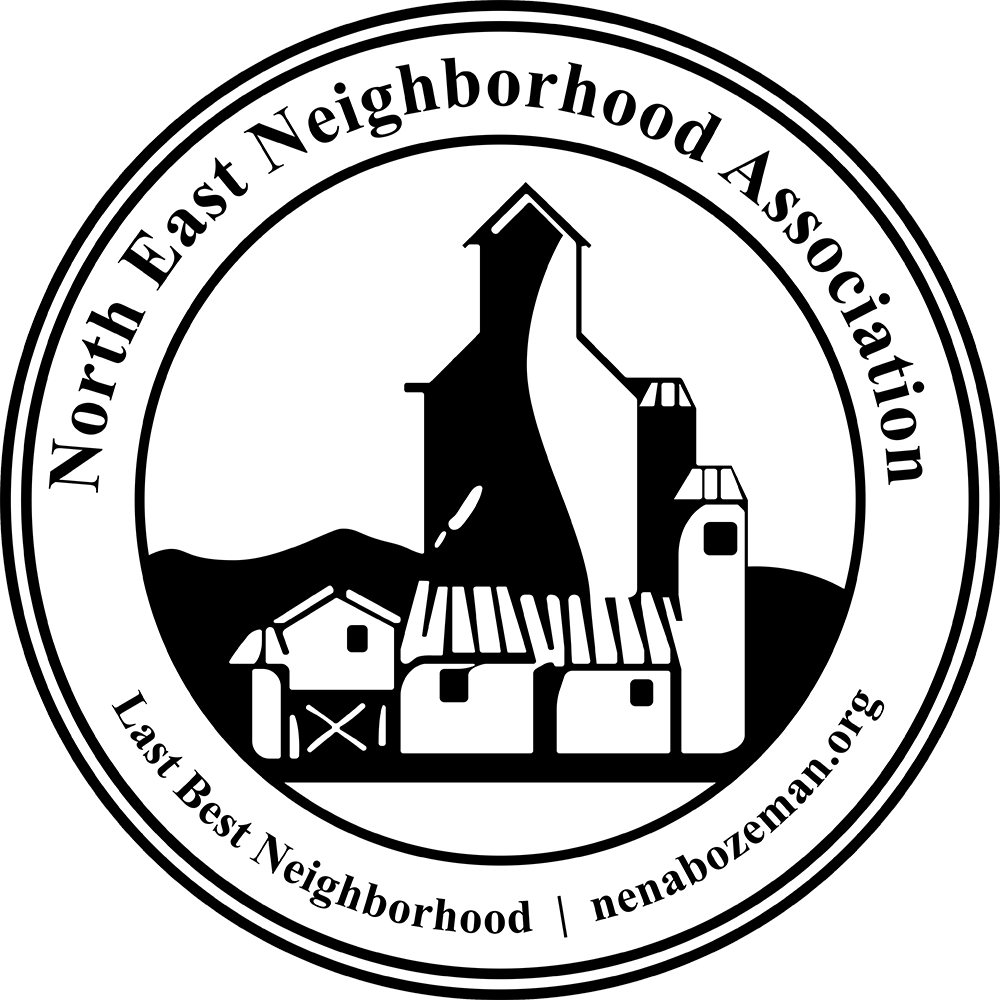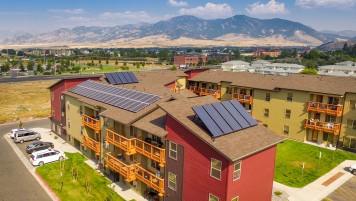Affordable Housing Ordinance Re-Write Now Open for Public Comment
The City Commission adopted the current Affordable Housing Ordinance (AHO) in 2022, after the 2021 Montana Legislature passed a law preventing the City from requiring affordable housing in new developments. The ordinance relies on offering incentives—in the form of reduced (or no) parking requirements and increased building heights—to encourage developers to build affordable homes.
In July 2024—after substantial public feedback—the City Commission asked staff to propose revisions to the AHO. The draft Affordable Housing Ordinance is now available online and the public comment period is open until noon on January 28, when the City Commission will vote on revising the ordinance.
What's changed?
Much of the criticism of the current ordinance boils down to: giving away too much in exchange for not enough—or not affordable enough—affordable housing.
SHALLOW INCENTIVES: Under the current ordinance, if a developer of a multi-household building provides >5% of the total units at 80% AMI*, they would be allowed to add an additional story of height beyond that allowed in the RS, R-1, R-2, R-3, RMH, R-4, R-5, R-O, NEHMU, and B-1 zoning districts; and two additional stories in UMU, REMU, B-2, B-2M, and B-3 zoning districts. They could also get a 10% reduction in lot area.
Under the draft new ordinance, a developer would have to provide >5% of the total units at 60% AMI, OR >8% of the total units at 80% AMI. The incentives (referred to in the new draft ordinance as "Type A") would be the same except that there would be no minimum area per dwelling standards.
DEEP INCENTIVES: Under the current ordinance, if a developer of a multi-household building provides >50% of the total units at 80% AMI, they would be allowed to add one additional story of height beyond that allowed in the RS, R-1, R-2, R-3, or RMH zoning districts; two additional stories in the R-4, R-5, R-O, NEHMU, and B-1 zoning districts; and four additional stories in the UMU, REMU, B-2, B-2M, and B-3 zoning districts. There would be NO minimum on-site vehicle parking requirement.
Under the draft new ordinance there are two choices for deep incentives: Type B and Type C. For either type incentive, a developer would have to provide >50% of the total units at 60% AMI.
For Type B incentives, the building height would be limited to that permitted in the zoning district or 4 stories, whichever is less. The maximum number of dwellings in a single building would be limited to that permitted in the zoning district or 36 dwellings, whichever is less. However, the parking requirement would be reduced to a minimum of .25 parking spaces per dwelling. There would be no minimum lot area per dwelling.
For Type C incentives, a developer meeting the affordable housing requirement could add one additional story in the RS, R-1, R-2, R-3, or RMH zoning districts; two additional stories in the R-4, R-5, R-O, NEHMU, and B-1 zoning districts; and four additional stories in the UMU, REMU, B-2, B-2M, and B-3 districts. They would be required to provide a minimum of .5 parking spaces per dwelling. There would be no minimum lot area per dwelling.
How can you comment?
Please submit any written public comments before noon on January 28, 2025 to comments@bozeman.net and they will be considered in the draft and by the City Commission. Be sure to put "Affordable Housing Ordinance" in the subject line. You can also attend the City Commission meeting on the 28th (in person or on-line) and comment orally.
* AMI is "Area Median Income," which is published annually for counties by the US Department of Housing and Urban Development (HUD). AMI varies by household size, and affordable housing AMI rates vary according to number of bedrooms. For 2024, Bozeman's AMI for one person was $76,300; for a family of 4 it was $109,000. Housing is considered "affordable" if the monthly rent or mortgage payment is equal to or less that 30% of gross household income (before taxes). In terms of the new draft of the Affordable Housing Ordinance, which now would only apply to rental units, 60% AMI for a one-bedroom unit assumes that two people earning a total of $52,350 could afford to spend a maximum of $1,308.75/month on rent.
© 2025 N.E.N.A. Northeast Neighborhood Association. All rights reserved.
Privacy Policy | Terms of Service

